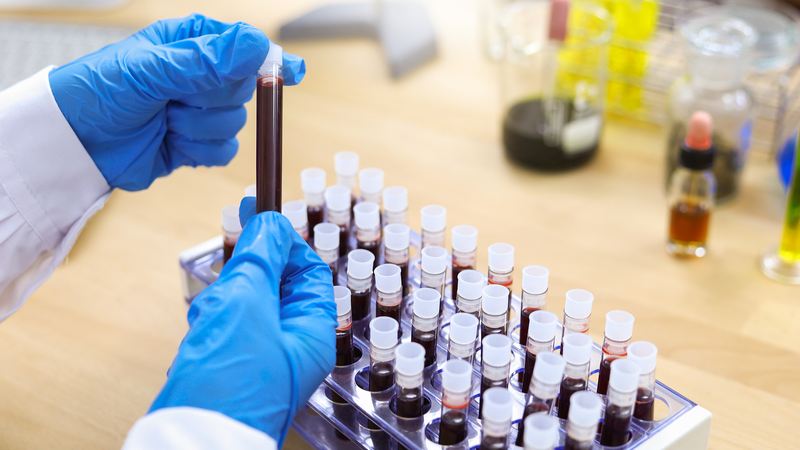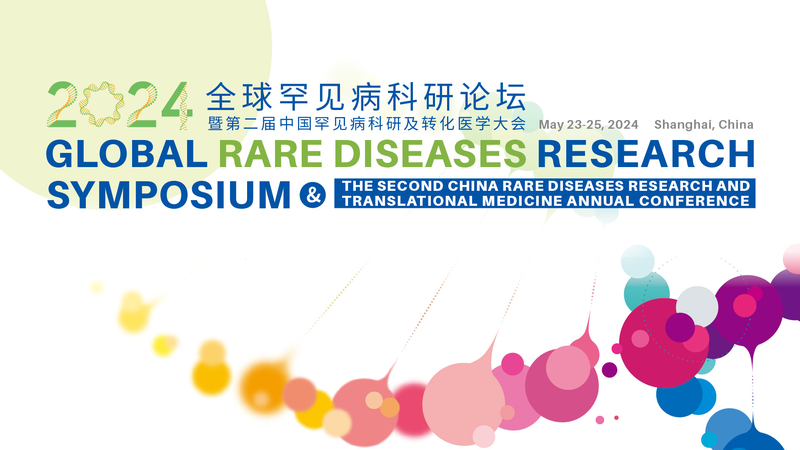In a breakthrough that could reshape eye care, U.S. researchers have pinpointed the UBAP1L gene as a key player in inherited retinal diseases (IRDs) – disorders affecting over 2 million people worldwide 🌍. The discovery, backed by the National Institutes of Health (NIH), offers new hope for diagnosing and treating these vision-threatening conditions.
Why This Matters 🌍
IRDs damage the retina’s light-sensing cells, often leading to progressive vision loss. But with each subtype being rare, scientists have struggled to gather enough data – until now. The study links UBAP1L to multiple retinal dystrophies, including maculopathy and cone-rod dystrophy.
What’s Next? 🚀
This finding opens doors to genetic testing improvements and targeted therapies. As Dr. Laryssa A. Huryn from NIH’s National Eye Institute puts it: \"This is why clinics and labs need to team up – every discovery gets us closer to saving sight.\"
Published in JAMA Ophthalmology, the research could accelerate clinical trials and help families understand their genetic risks. 👨👩👧👦💡
Reference(s):
U.S. researchers discover gene responsible for inherited eye disease
cgtn.com







